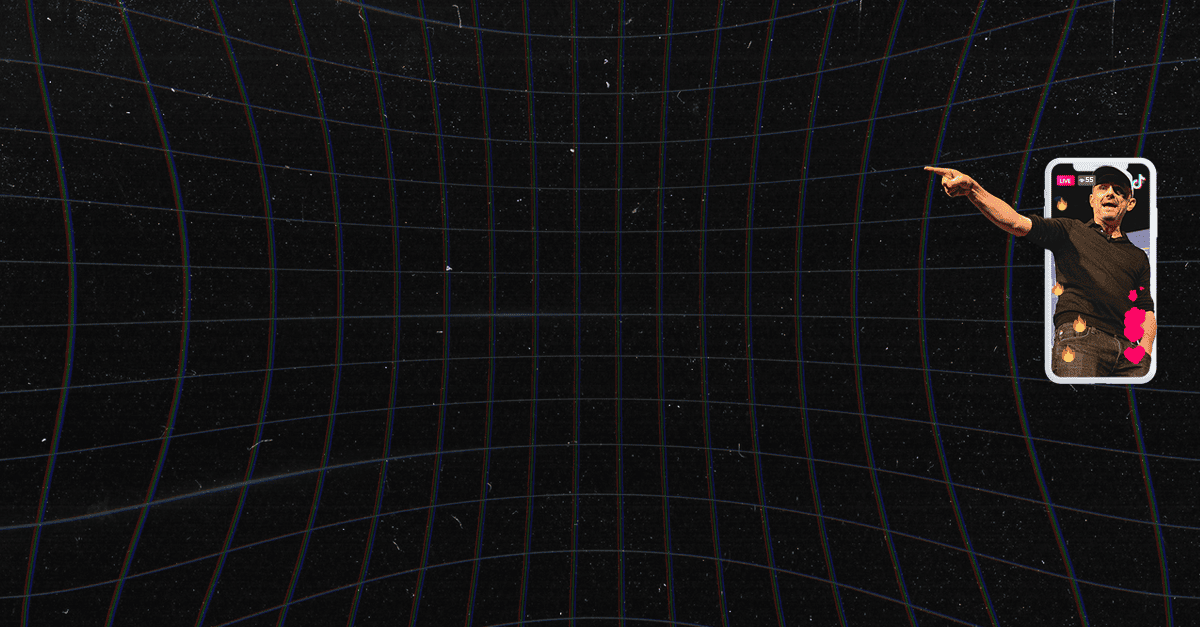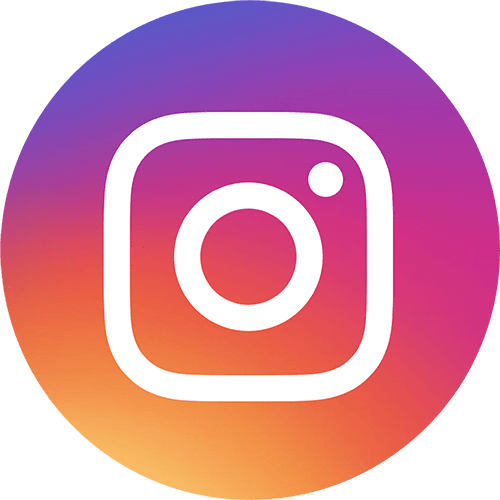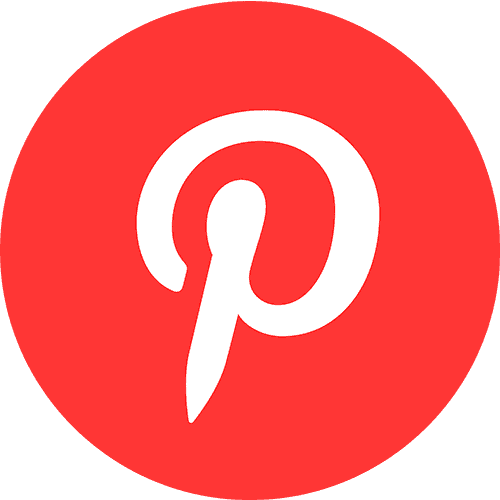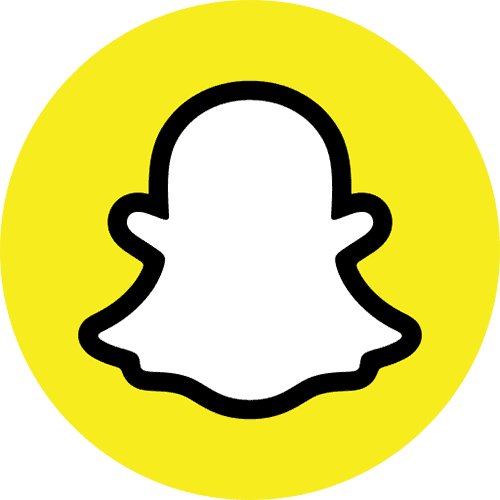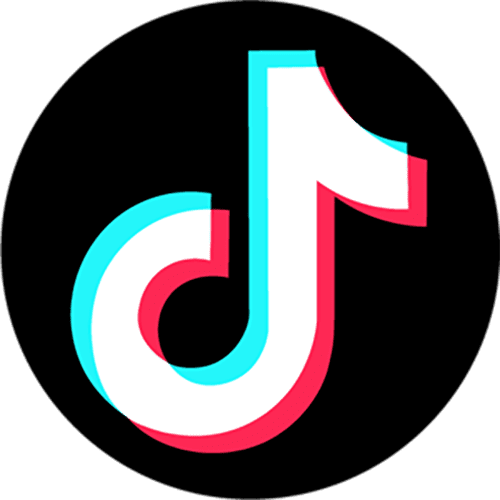Every few years, there are shifts in attention and culture that impact how we all move – the trends we follow, the social media platforms we use, and the products we purchase. Today’s blog is about two shifts that I have been observing for a long time now: personal brand consumer packaged goods (or PBCPGs) and live-streaming.
The reason I’m writing this article is based on something I understood back in 2010 to 2015. By then, social media was already known and established, but it was still wildly underestimated. Ask almost anybody who was around when YouTube first started; I’m confident they would admit that YouTube today is much bigger than they ever would have imagined. What people didn’t understand about social media was that it would become the predominant source of culture, information, and the way the universe moved. That’s how I feel right now about these two genres. I think both live-streaming and personal brand CPGs are in the same position that social media was back then.
When it comes to the biggest consumer packaged good companies of today – the Procter & Gambles, the Kelloggs, the PepsiCos, the Coca-Colas – I don’t believe they understand that most of the big brands that people are buying and consuming in 15 years will be based on a human personality. They’re not seeing that the number three cereal that everybody eats will be based on a person, that the number seven bottled water will not be Smart Water endorsed by Jennifer Aniston – no, it will be a bottled water that’s owned and started by the “Jennifer Aniston” of the next decade.
Personal brand is huge, and it’s only getting bigger. I was early on it with Empathy Wines, which I co-founded alongside Jon Troutman and Nate Scherotter (and which was acquired by Constellation Brands in July 2020). That was my foray into tasting something that I knew would be true. Obviously, with Emma Chamberlain’s Chamberlain Coffee, Charlie D’Amelio’s Be Happy Snacks Popcorn, MrBeast’s Feastables Chocolate and PRIME by Logan Paul and KSI, the cat is now out of the bag… ish. I’m writing this blog to let it fully out of the bag.
That being said, let’s jump into the two things I’m focused on for 2024: PBCPGs and Live-Streaming.
Why Personal Brand Consumer Packaged Goods?
What makes consumer products stand out from other product types? – well, it’s because consumer products are very valuable; they’re what people buy. For example, if you create the biggest new peanut butter, if you make the third biggest deodorant, if you create the eleventh biggest raisin, chocolate bar, pumpkin seed or candle brand, you win big. Many people with a large following or platform tend to go for other product types first, like merch, but think of it this way… people buy a lot more toothpaste than they buy t-shirts. They buy a lot more deodorant than they buy beanies.
(That being said, everyone is going to try to buy the new VeeFriends x Menswear Dog Collection which is super limited edition and nobody’s gonna be able to get it 😉)
Why Live-Streaming?
The concept of live-streaming is not new. It’s why UStream was as big for me as YouTube and Twitter back in 2007, but here we are 17 years later. There’s a reason I’m streaming live on Twitch as this blog is being written. There’s a reason I want the 400 people who are watching me right now to do it for themselves.
Many of you may have noticed that I’m live-streaming most days on mute. That’s just because I need to protect sensitive information pertaining to business clients and meetings. If I wasn’t on mute, however, I know I’d have 14,000 people watching instead of 400. Most of you reading this right now don’t need to be on mute like I do. You could get on Twitch, live-stream your day, your process of making your art or your product, or take questions from the chat and share your expertise or even just talk about your niche interests… whatever! The other day, I sent all the followers that were watching my Twitch stream over to another woman’s stream for a raid. She was just cooking pizza, and all of a sudden she has an audience of 1,400 people following – I hope you’re all seeing the attention opportunity here!
Do I think the same is possible for you? Yes. Do I think there is a landscaper right now who has a nice business and makes $100K a year who could really be making a million a year instead if he starts live-streaming the day to day of his landscaping business tomorrow? Yes, I do.
Live-streaming can be anything because people watch for many reasons: ASMR, background chatter, curiosity, or just voyeurism around something that they find comfort in. It’s a great arbitrage for anyone who’s serious about growing their exposure, their community, and, if they’ve got a good consumer product to market, their sales.
How To Turn Your Audience into Customers
If you’re an influencer or creator who’s launching a product and you want to leverage your existing audience into a prospective customer base, your first step is simple: provide as much free value as possible.
Provide value to your audience and don’t even think about selling anything to them until you learn what you want to make, get good at it, do little limited edition drops, and learn. Everyone’s gonna try to sell to their audience too soon. The only reason I felt comfortable selling Empathy Wines was because I knew it was a great $20 bottle of wine. So, before you sell anything to someone, you gotta believe in it.
For example, I think a lot of people that are in the health and wellness space are in a really good spot because they believe in the quality of what they’re selling. They know that there’s a worse version of it in the market, and so they’re able to come from an informed place when they start to sell. I think about that a lot – for anyone reading this who’s working on a product launch, start by making sure you believe in what you’re selling, first and foremost.
What’s the Right Time to Launch Your First Product?
You never really know, but I would say, the checklist should be the following:
1. Do you believe you brought a lot of value to your audience before you sold to them?
… and I’m talking in years, not days.
2. Do you believe in your product?
If you’re in the health and wellness industry, for example, do you deeply believe that somebody buying your deodorant for $9 makes sense because you know that your formula is cleaner and safer for them because of the chemicals that can seep into your blood with cheaper deodorants? Or, forget about health and wellness… maybe you sell candy and it’s just about escapism. Do you believe that your lemonhead is more delicious than the popular lemonhead on the market?
3. Can you sustain being in business for a long period of time?
So many people go into business too early and they can’t afford it, and if it doesn’t work right away, they’re out of business. Can your business actually last if you don’t sell anything for a year? Make sure you’re sustainable so that you can patiently build instead of frantically building.
What’s an Ideal Amount of Time to Live-Stream?
For me, if you can go live for three hours a day, then do it, because most people need to practice to be good at live. It’s different than posting on social, so upfront, I would say go live as much as possible to get a cadence going and practice being good at it.
That being said, whether it’s going live or posting in general, I’m starting to fall in love with the idea of a quality / quantity ratio instead of just a general number. Obviously, in the past, I’ve been a big advocate of quantity. That was because I think most people didn’t understand the importance of really getting in your reps when it comes to social media. My new framework that I’m very hot on, however, is quality > quantity.
The reason I would post four times a day four years ago is that I was filming enough and so much of my team’s energy was going towards it. We were able to put out four good pieces of content a day. Right now, especially on YouTube and the podcast – I’m starting to think about scaling down. I’m starting to think about the podcast being once a week, I’m thinking about YouTube being one video a week, and with all that energy now, I’d rather pop and do Snapchat properly, or Pinterest, or something else.
Ultimately, it’s your choice, but there is this new framework of quality / quantity ratio that’s based on talent and effort and resources. Find what works for you.
Should You Live-Stream on a Regular Schedule or Switch Up Your Times?
Generally speaking, I think that consumers like having regularly scheduled programming, but some people are busy like me, and it’s gonna be random. I think ideally, yes, regular programming works.. but if you’re someone who’s busy and you’re a dentist and you’re in an office once a week at different times and that’s the one place you can stream from, don’t not stream just because you’re not gonna be on a regularly scheduled program. Just be consistent.
It’s kind of like working out. I work out every day – sometimes it’s 7pm at night, sometimes it’s 7 in the morning. What’s most important is that you’re doing it.
What is the Best Platform for Live-Streaming?
Currently, I think TikTok Live is a monster and TikTok Shop is going to be a monster. So, I would start there for sure.
Check out this video below for more on why I’m so hot on TikTok Live:
As always, thank you for reading. Send me a message on X @garyvee with your thoughts. I’d love to hear from you.
